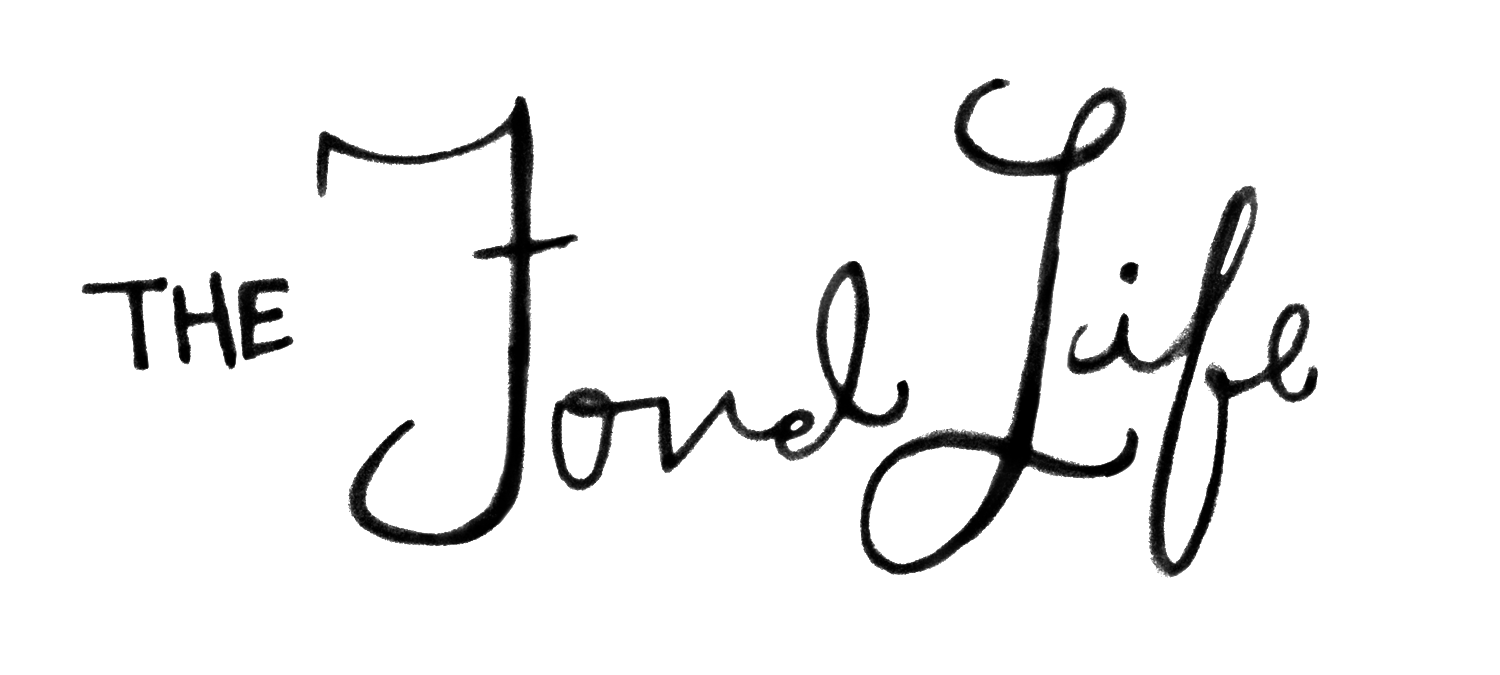Cream of Tartar is one of those items that I have glossed over when reading an ingredients list, as if I know exactly what it is. Flour, sugar, starch, vanilla: self explanatory. Cream of tartar: well, I'm not so sure. What exactly is this substance that magically stabilizes egg white and whipped cream?
What is is
Well believe it or not, it comes from the residue left inside of wine barrels after fermentation. It is an acidic powder that, when combined with egg whites during the whipping process, maximizes their full volume potential.
What it does
Cream of tartar strengthens the bubbles that form within the mixture and prevents the whites from collapsing. It enables whites to whipped for longer without releasing moisture, which increases the amount of air that can be incorporated, yielding a fluffier, lighter meringue. It's also in a key part of another baking ingredient that you are familiar with: baking powder, which is just a mixture of baking soda and cream of tartar. This helps quick breads rise during the baking process (again maximizing volume).
How to use it
- A little goes a LOONNNG way, so keeping a little bit on hand for pie toppings and whipped cream is a must. In general you can use about 1/8 teaspoon per egg white. So if a meringue recipe doesn't call for cream of tartar, use it.
- It also helps sugar from crystalizing. This aids in the formation of meringue, but can also be used to create smooth caramels, syrup, and icing.
- You can also use it to retain color when steaming certain vegetables; the high acidity prevents browning.






